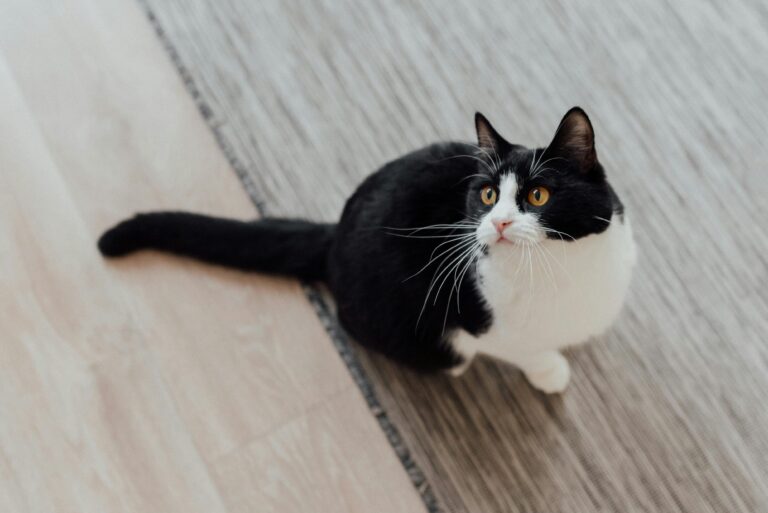What to Do If Your Cat Is Refusing to Use the Litter Box: 10 Tips
Introduction
Cats are naturally clean animals, so it’s concerning when they avoid using their litter box. This behavior can stem from various causes, including stress, health issues, or dissatisfaction with the litter box setup. Understanding the root of the problem is essential to resolve it effectively.
Addressing litter box avoidance is crucial not only for your cat’s comfort but also to prevent further issues in your home. Let’s explore seven practical tips to help your cat feel comfortable and return to using the litter box.
Rule Out Medical Problems
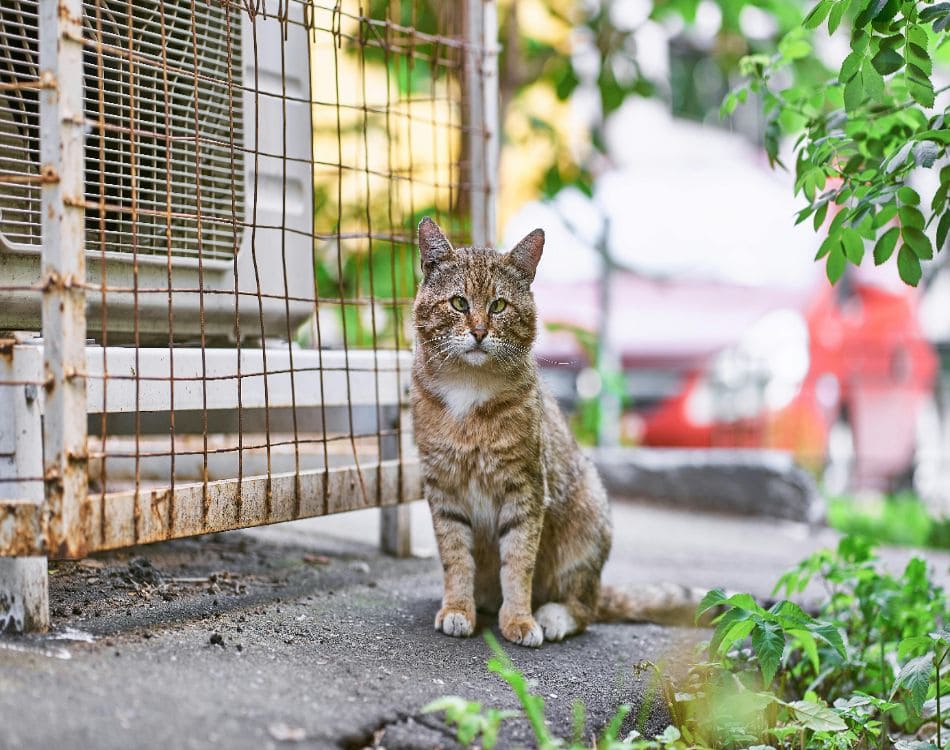
Schedule a vet visit to rule out health issues like urinary tract infections, kidney problems, or bladder stones. Cats often associate litter boxes with pain when they are unwell, leading to avoidance. Ensuring your cat is healthy is the first step to solving the problem.
Keep the Box Clean
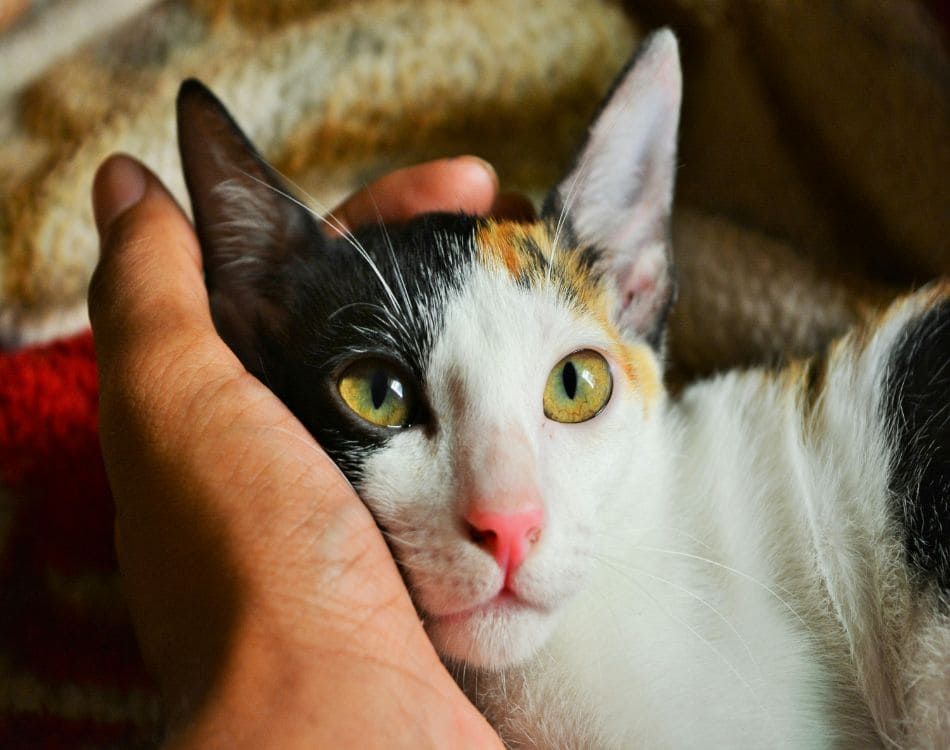
Cats are fastidious about cleanliness. Scoop the litter box daily and replace the litter entirely once a week. A dirty box can deter even the most tolerant cats. Use unscented litter and avoid harsh cleaning agents that may leave lingering odors cats dislike.
Provide Multiple Litter Boxes
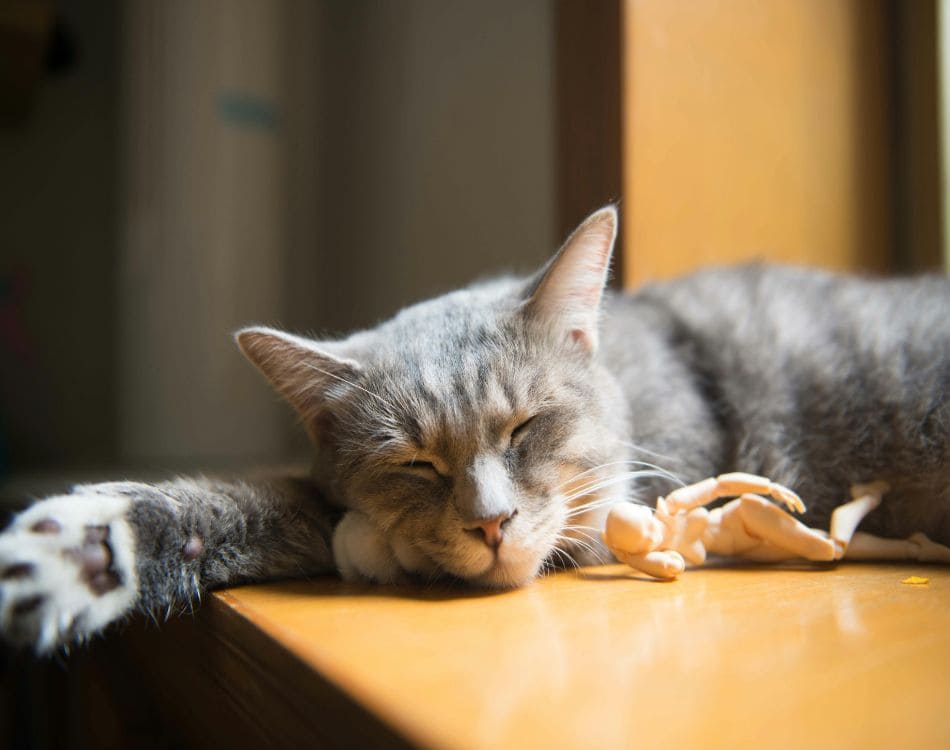
If you have a multi-cat household, ensure there’s at least one litter box per cat, plus one extra. Some cats prefer their own space and may avoid a shared box. Place the boxes in different areas of the house to give your cats options.
Choose the Right Location

Cats need privacy to feel comfortable. Place the litter box in a quiet, low-traffic area where they won’t be disturbed by noise or foot traffic. Avoid putting it near food and water dishes, as cats dislike these being too close.
Experiment with Litter Types
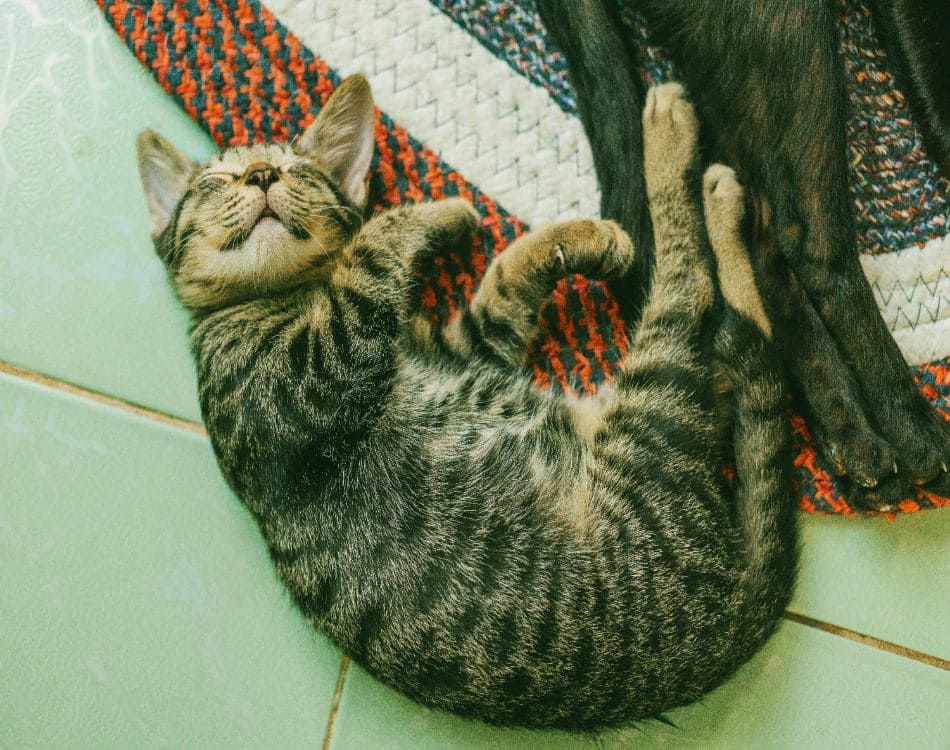
Cats can be surprisingly picky about litter texture or scent. Try different types of litter, such as clumping, non-clumping, or natural alternatives, to see what your cat prefers. Unscented options are generally a safer choice for sensitive cats.
Consider the Box Design
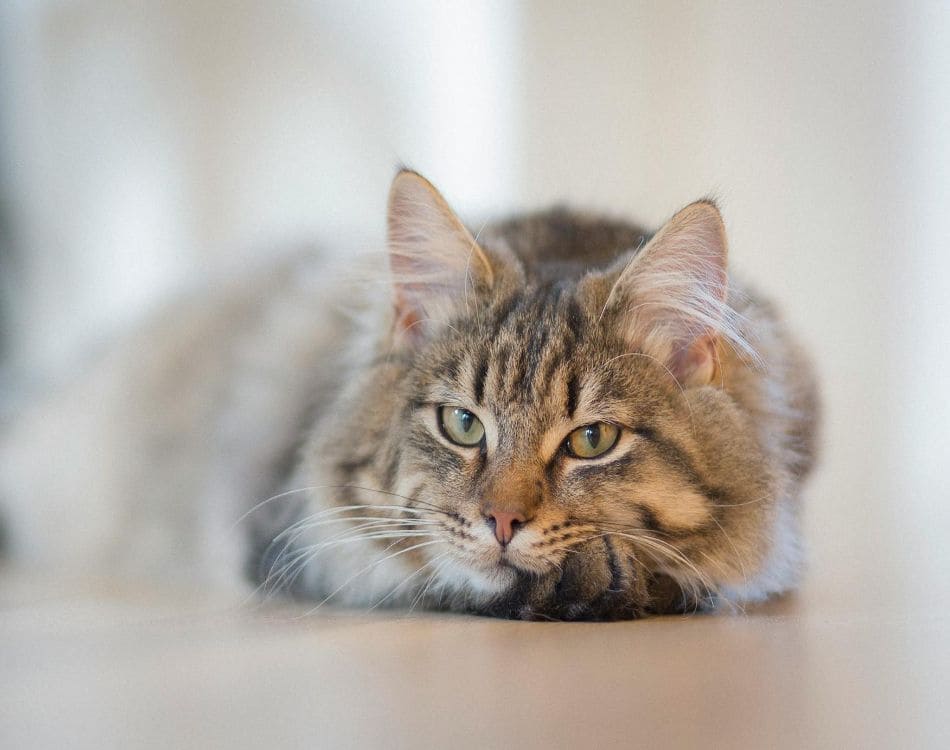
The size, shape, and design of the litter box matter. Some cats dislike covered boxes because they feel confined, while others prefer the privacy. Ensure the box is large enough for your cat to turn around comfortably and has low sides for easy access.
Address Stress and Anxiety

Environmental changes, new pets, or even rearranged furniture can stress cats. Provide a consistent routine, a quiet retreat for your cat, and use calming pheromones to ease anxiety. Enrichment toys and regular playtime can also help reduce stress.
Reward Good Behavior

Encourage your cat to use the litter box by rewarding them with treats or praise when they do. Positive reinforcement helps them associate the box with a pleasant experience, making them more likely to return to it in the future.
Ensure Proper Size and Depth of the Litter Box
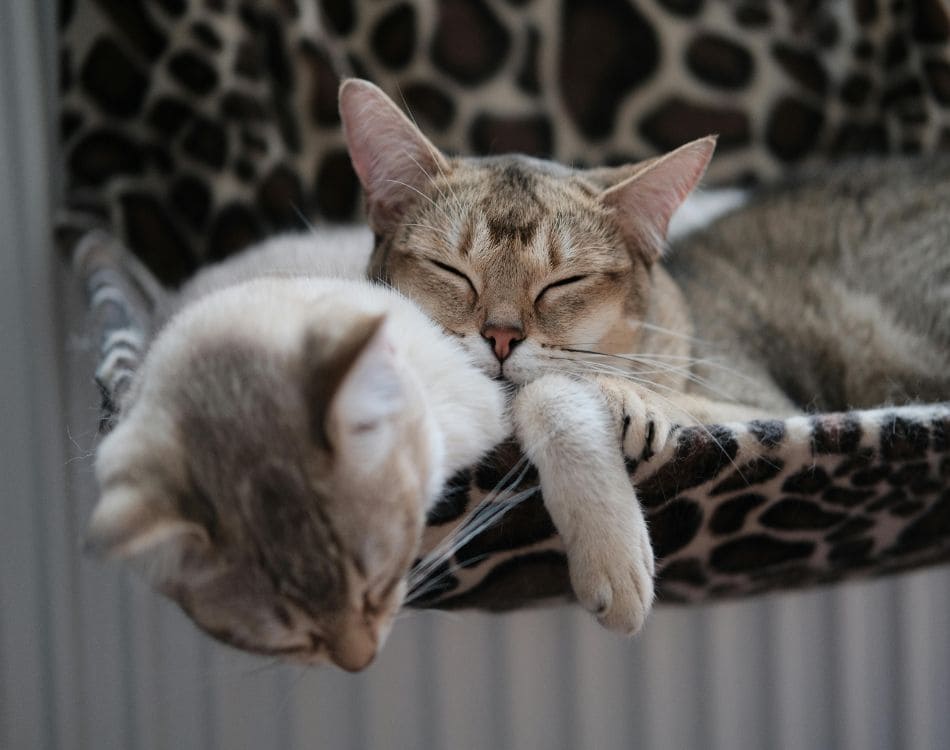
Select a litter box 1.5 times your cat’s length with 2–3 inches of litter. A proper size and depth ensure comfort, especially for senior or small cats.
Gradually Retrain Your Cat
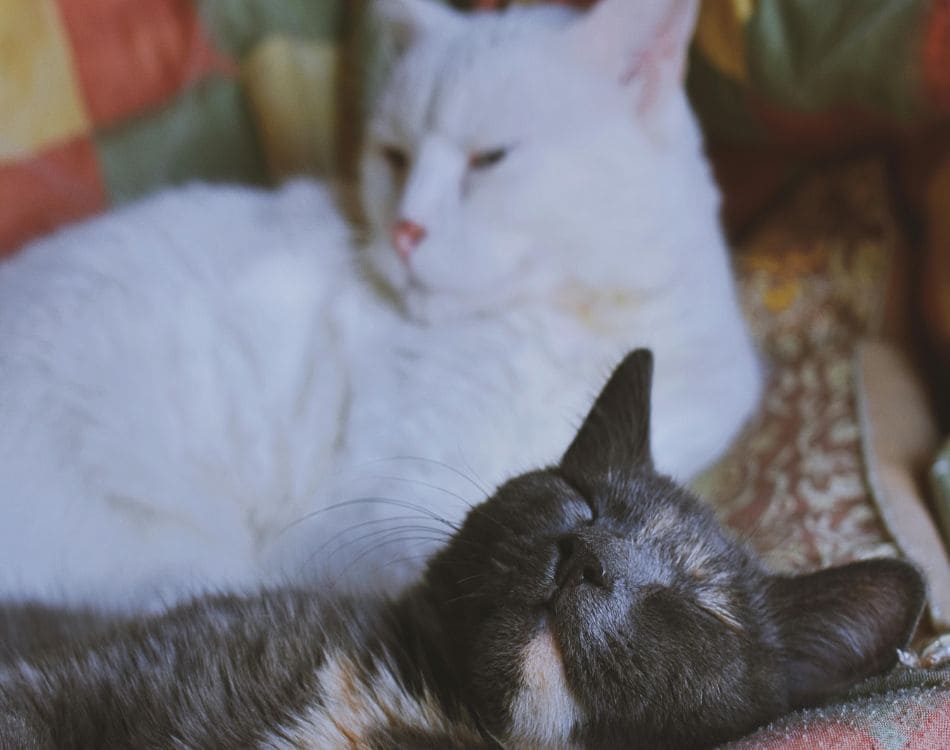
Place the litter box where your cat is already eliminating and slowly move it to the desired spot. Adding familiar scents like waste can encourage your cat to use it again.
Eliminate Competing Scents

Clean accident spots with enzymatic cleaners to remove odors completely. Avoid scented cleaners or products near the litter box, as strong smells can confuse or deter your cat from returning to it.
Conclusion

Litter box issues can be frustrating, but they’re often solvable with a bit of patience and observation. By addressing medical concerns, optimizing the litter box setup, and reducing stress, you can guide your cat back to their tidy habits. Understanding your cat’s preferences and needs is key to creating a happy, clean home for both of you.



